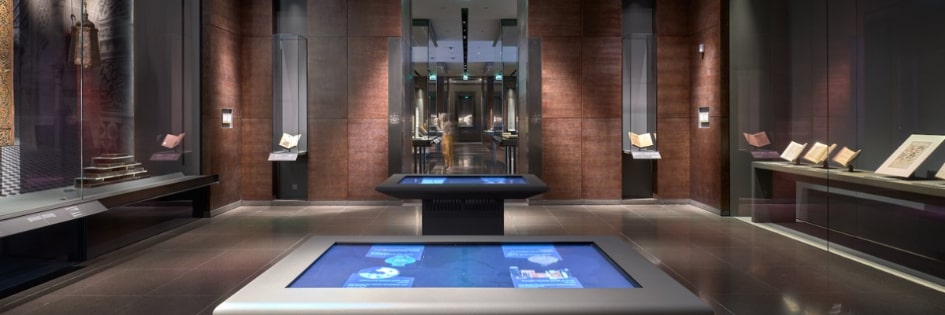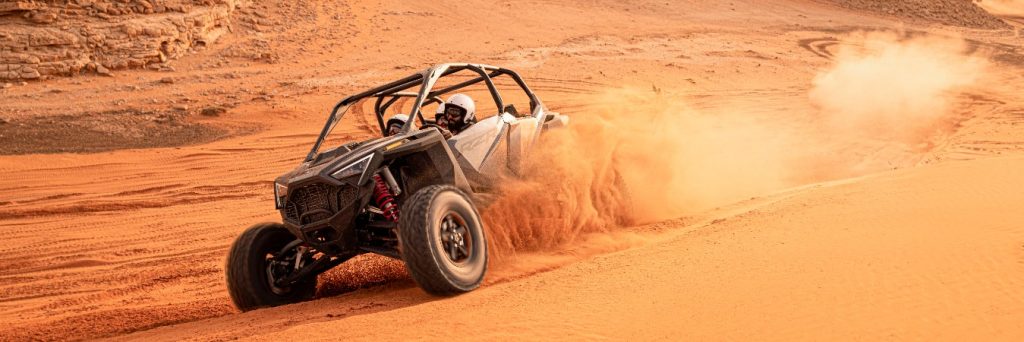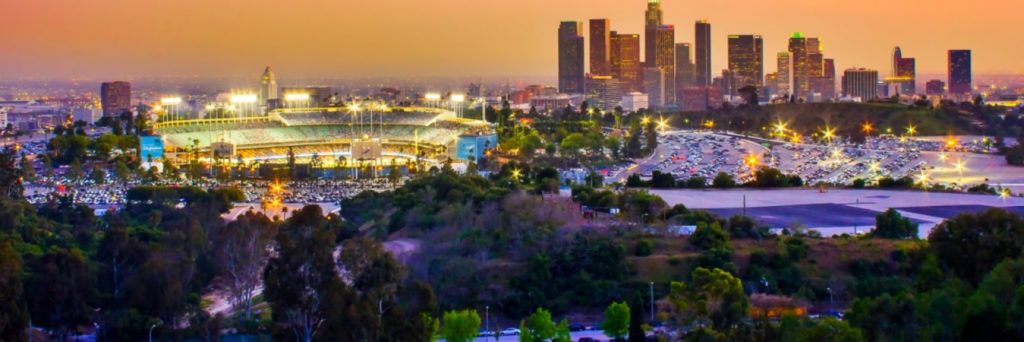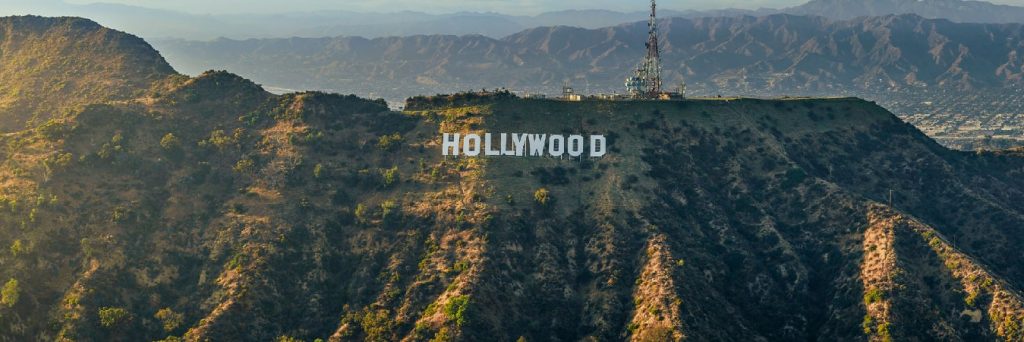Step into the world of artistic mastery and cultural heritage intertwine at the Museum of Islamic Art (MIA), Doha. Nestled on an idyllic island off the bustling Doha Corniche, MIA showcases timeless beauty and profound significance of Islamic art. From intricate calligraphy and gleaming ceramics to resplendent textiles and awe-inspiring metalwork, every step within these hallowed halls reveals a tapestry of creativity and devotion spanning over a thousand years.
If you’re wondering what is special about the Museum of Islamic Art, Doha, this blog will provide valuable information and help you experience its cultural significance.
The architectural wonder designed by the Pritzker Prize has four floors of permanent and temporary exhibitions, a gift shop, a café, and a haute cuisine restaurant IDAM by renowned chef Alain Ducasse on the fifth floor.
The Museum of Islamic Art will leave you awestruck with its artistic brilliance and breathtaking views of the city’s skyline. Visitors to the museum can look at Shahnameh’s Manuscript, see the world’s first navigational tools, and get dazzled by a significant emerald from the 16th century.
Museum of Islamic Art Architecture
The iconic Museum of Islamic Art, Doha, is a structure of architectural brilliance, intricate craftsmanship, and detailed artwork. Majestically located at the waterfront, this museum melds traditional Islamic architecture with the amalgamation of 21st-century innovation.
Excellently designed by the leading architect, I.M. Pei, MIA’s complex features a five-story building with an adjacent education wing with a large courtyard. This cream-colored limestone building features a high-domed atrium within a central tower and catches the attention of onlookers from a far-off glance.
Galleries in the Museum of Islamic Art
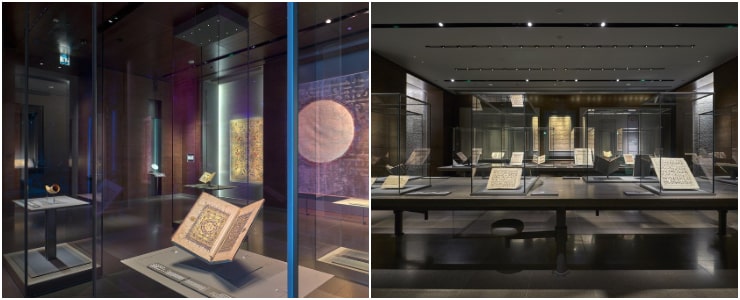
The eighteen galleries explore the major traditions of Islamic artistry, history, cultural themes, periods, and geographic regions. The experience begins on the ground floor with an introduction to the fascinating story of I.M. Pie and his design of the iconic museum. Here, you will learn interesting things about fifteen of the eighteen galleries, which belong to the Museum of Islamic Art (MIA), Doha.
Gallery 1
Gallery 1 showcases the inception of Islam. It displays all the important masterpieces, introducing you to fascinating tales of Islamic art.
Gallery 2
In Gallery 2, the visitor is to experience the word and art of the holy scripture, the Qur’an. Over 23 years, Archangel Gabriel delivered it to Prophet Mohammed (MHSRIP). Later, the Prophet (MHSRIP) devoted his life to recitation and written and oral transmission. While going around, you will observe a wide range of motifs and materials used to ornament the Qur’an manuscripts, showing Muslim societies’ global artistic diversities.
Gallery 3
Visitors will learn about religious life in the Islamic world and the five arkan al-Islam (pillars), beginning with Shahada (profession of faith), followed by Salat (prayer), Zakat (almsgiving), Sawm Ramadan (fasting), and Hajj (pilgrimage).
Gallery 4
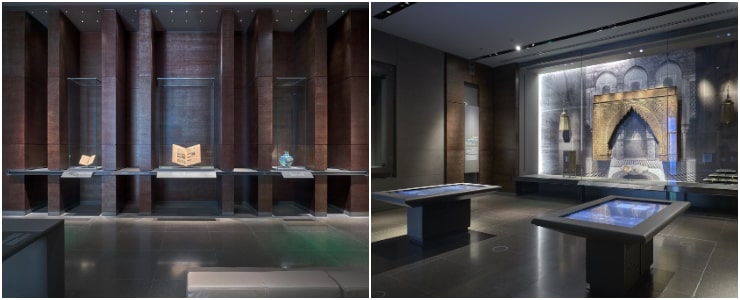
Under Muslim rule, great intellectual hubs grew in places like Baghdad, Cairo, Cordoba, and Fez. In Gallery 4, visitors will view central interactive tables and displays recreating the Madarsa setting. One will also see scientific instruments that were used to determine time.
Gallery 5
With the spread of Islam, Arabic became the new language of science. As the visitors enter Gallery 5, they will see significant advances in medicine, engineering, mathematics, astronomy, and geography.
Gallery 6
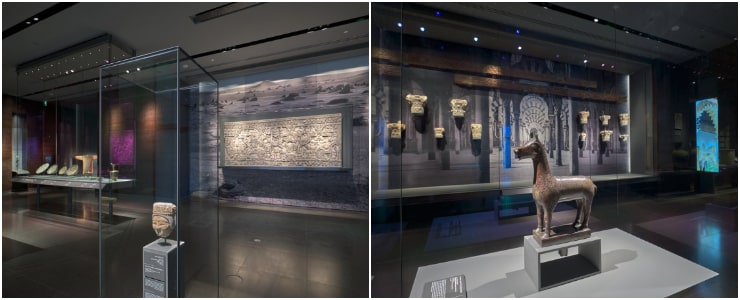
Gallery 6 is all about embracing the establishment of the caliphate. The possessions on display in this gallery represent three of Islamic history’s most essential caliphates’ artistic productions.
Gallery 7
Al-Andalus is the Arabic name for the region of Spain and Portugal that formed the western border of the Islamic world. With the arrival of Islam in the late 1st century A.H. (early 8th century C.E.), Muslim dynasties flourished there, forming alliances with neighboring powers. The period of Muslim rule in al-Andalus was one of brilliant political, economic, and cultural development, with new techniques developed in industries such as textiles and ceramics. Its cultural, intellectual, and artistic legacies are still celebrated today.
Gallery 8
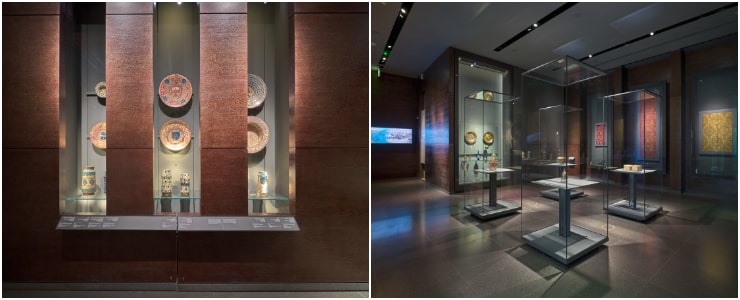
Discover the Islamic legacy in Al-Andalus. Also, in this gallery, visitors will see pottery, carpets, carved wood, embroidered linens, and manuscript bindings utilized in preceding periods’ techniques and themes.
Gallery 9
This gallery will be all about the Mediterranean – Sea of Exchange. Travelers will be enlightened to see trade goods, ideas, and languages that traveled with people from these routes.
Gallery 10
Visitors can observe the mamluk metal works and a large metal tray made for Sultan al-Nasir Muhammad bin Qala’un.
- Unmissable Adventures in Saudi Arabia You Shouldn’t Miss
- Best Things to Do in Los Angeles: Must-Visit Tourist Attractions, Top Activities, & More
- Best Movie Studio Tours In Los Angeles That You Cannot Miss!
Gallery 11
This is going to be interesting for visitors interested in the Ottoman Dynasty and the arts of Turkey. You will see Damascus’s room, textiles, and carpet from the Ottoman Empire in the display.
Gallery 12
The art of warfare has always played a special role in Islam. So, how could the Museum of Islamic Art not have a dedicated gallery for it? In Gallery 18, visitors will get to see utilitarian weapons and horse armor.
Gallery 13
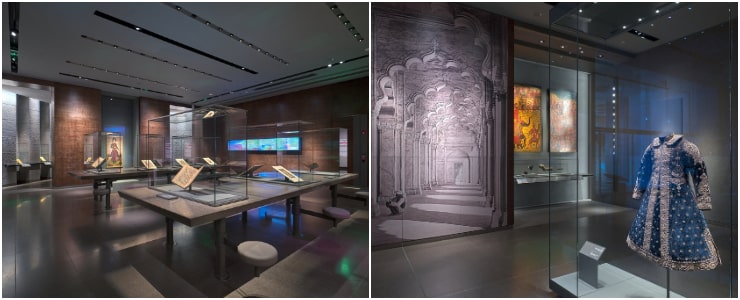
You will see high-quality carpets, textiles, and manuscripts in Gallery 13.
Gallery 14
The manuscripts and calligraphy have always played a primary role in shaping the art and culture of Islam, so it’s time to observe them in Gallery 14.
Gallery 15
When Afghan troops overcame Delhi in the late 6th century A.H. (12th century C.E.), and various provincial sultanates appeared across the subcontinent, Islam’s influence spread more widely. The Mughal dynasty, which possessed vast lands and wealth, had risen to prominence as the leading Muslim power by the late 10th century A.H. (16th century C.E.). The Mughals, who had ancestral ties to Central Asia, ruled over South Asia for nearly three centuries, establishing a new culture incorporating regional customs into their support of the arts.
In gallery 15, you will witness textiles and garments from the British Raj, paintings depicting the battles, Mughal jewelry and carpets, Mughal chests with mother-of-pearl decoration, the Delhi sultanate art, and much more from the era.
Museum of Islamic Art Location
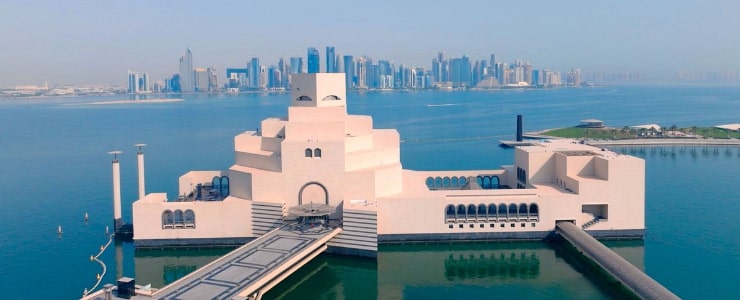
Museum of Islamic Art is located within walking distance of numerous tourist hotspots, including the Doha Corniche, where one can experience the Dhow Boat. One can also walk down to Souq Waqif, a few minutes away, with restaurants, shops, and plenty of entertainment. Also, the gold souq is located nearby.
Address: MIA Park, Doha Corniche
How long does it take to see the Museum of Islamic Art?: You require at least 2 hours to fully explore MIA.
How to reach the Museum of Islamic Art?
One can easily reach the Museum of Islamic Art via car or taxi. Uber is widely used, and alternatively, it is Karwa or Careem. This can also be the first place a traveler goes as it’s only 15 minutes from Hamad International Airport.
The nearest metro station is on the Gold line, Qatar National Museum
Highlights of the Museum of Islamic Art:
- MIA Park
- MIA Café
- Shahnameh Manuscript
- Planispheric Astrolabe
- Carved Emerald Plaque
Museum of Islamic Art, Doha Opening Hours:
Saturday–Thursday: 9:00 AM–7:00 PM
Fridays: 13:30 PM –7:00 PM
Museum of Islamic Art Tickets:
- One Pass Holder- Free
- Adult QAR 100
- Adult – Qatar Residents and GCC Residents – Free
- Child (age 16 and under) Free
With centuries-old works of art, crafts, manuscripts, and other cultural components, the Museum of Islamic Art in Doha is a sight to behold. Tourists are invited to exhibitions and workshops to examine closely and awe Qatar’s undiscovered beauty, from discovering Qatar’s colorful past to awe-inspiring the collection and artefacts. This is undoubtedly the spot you can explore with your family because it offers everything for total knowledge and entertainment. Therefore, reserve your Qatari flights immediately and be set for an unforgettable journey.
- National Museum of Qatar: Entry Fee, Location and Opening Hour
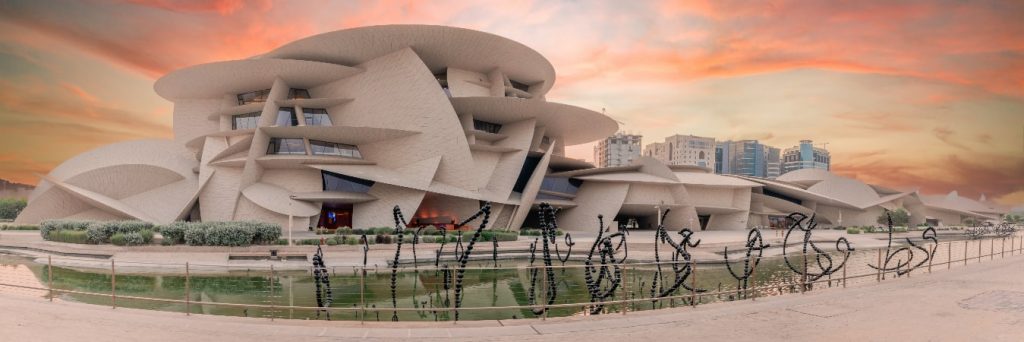
- Top 10 Museums in Dubai: Timing, Ticket Price and address
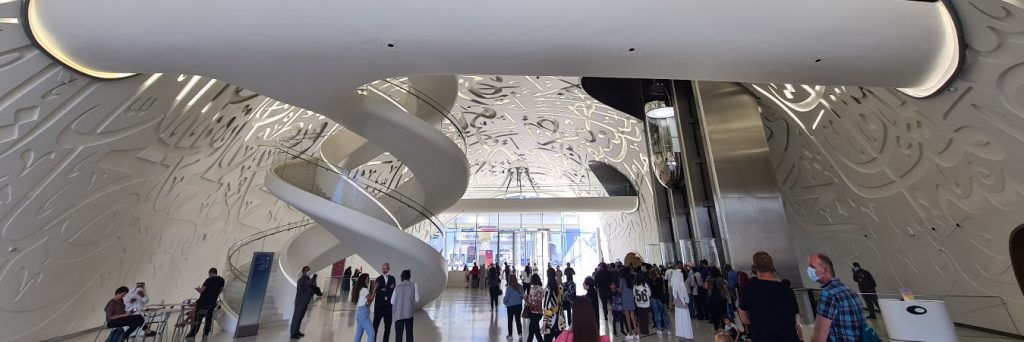
- A Guide to Art In Paradise Pattaya : Exploring Creativity and Illusion
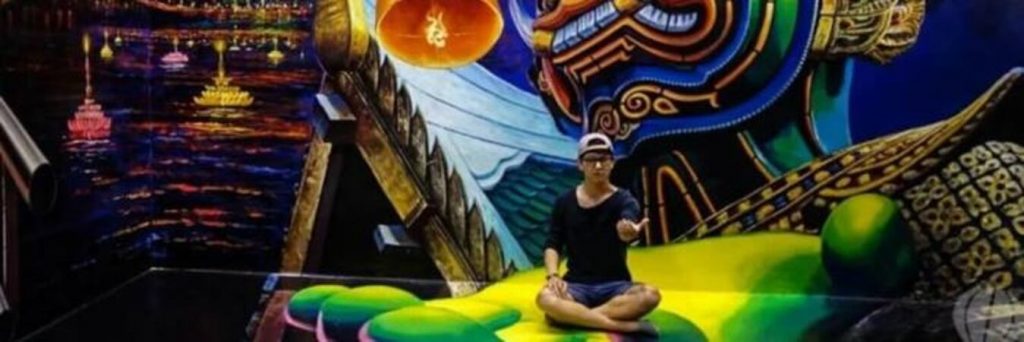
Museum Of Islamic Art FAQs
What can you see in Museum of Islamic Art?
Different galleries in the museum contain different collections, from paintings, sculptures, and other important works of art to pottery, carpets, carved wood, embroidered linens, and utilitarian weapons.
In what country is the Museum of Islamic Art?
The Museum of Islamic Art is located within walking distance of numerous tourist hotspots, including the Doha Corniche.
Who created the Museum of Islamic Art?
The Museum of Islamic Art has a fascinating history of I.M. Pie and his design of the iconic museum.
How much does it cost to go to the Islamic Museum?
Tickets to the Museum of Islamic Art are available in one-hour time slots. Please arrive on time to ensure entry.
Tickets for One Pass Holder: Free
Adult and GCC Residents: QAR 50
Adult – Qatar Residents: Free
Child (age 16 and under): Free


